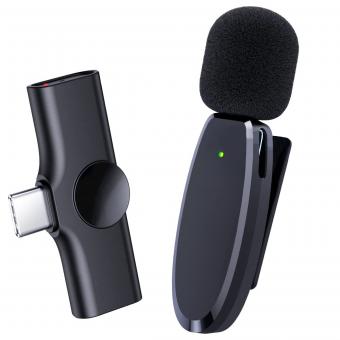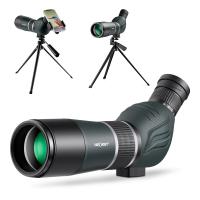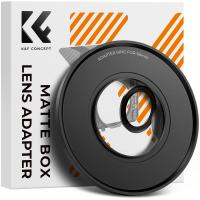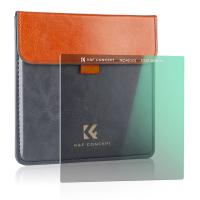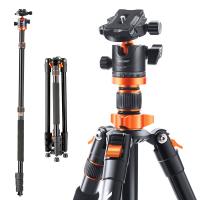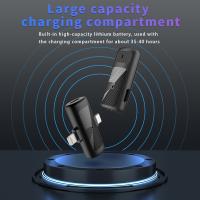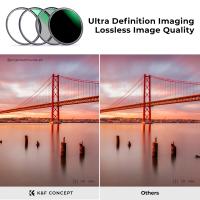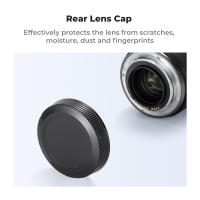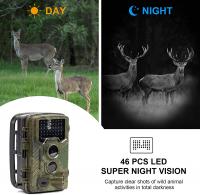How To Adjust Nikon Binoculars?
Adjusting Nikon binoculars to suit your vision requirements is essential for enjoying optimal viewing performance. Whether you're an avid birdwatcher, hunter, or just someone who loves to explore the outdoors, having binoculars that are precisely tuned to your eyes can significantly enhance your experience. Proper adjustment ensures that the images you see are clear, sharp, and correctly aligned, reducing eye strain and discomfort.
Here, we'll provide you with a comprehensive guide on how to adjust Nikon binoculars. We'll cover diopter adjustment, interpupillary distance, and focus tuning to make sure that you get the best possible viewing experience.
Step 1: Adjust the Interpupillary Distance (IPD)
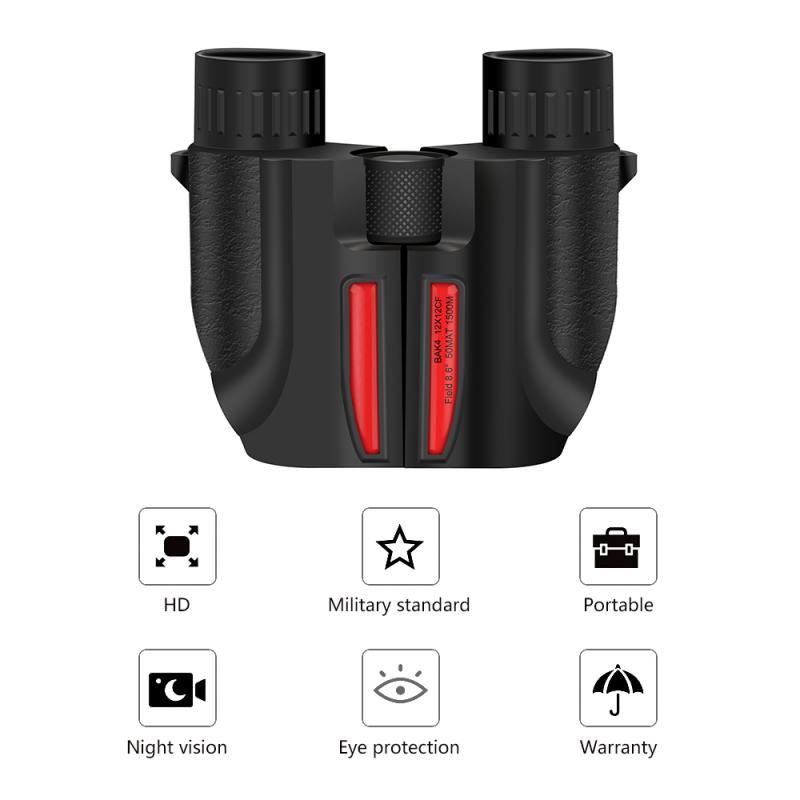
The interpupillary distance (IPD) is the distance between the centers of the pupils of your eyes. To achieve a single, circular view through the binoculars, you need to adjust the barrels to match your IPD. Here's how to do it:
1. Holding the Binoculars: While holding the binoculars with both hands, bring the ocular lenses (the lenses you look through) towards your eyes.
2. Adjust the Barrels: Move the barrels closer together or further apart until you see a single, clear and circular image through the binoculars. This setting is crucial for comfortable viewing.
Step 2: Diopter Adjustment

Diopter adjustment accounts for the difference in vision between your two eyes. Nikon binoculars usually feature a diopter adjustment ring, which is typically located on the right eyepiece. Here are the steps to adjust the diopter:
1. Close One Eye: Start by closing your right eye or covering the right objective lens with a cap.
2. Focus the Left Eye: Look through the left eyepiece with your left eye and focus on a specific object using the central focusing wheel until the image is sharp and clear.
3. Switch Eyes: Now, close your left eye or cover the left objective lens with a cap.
4. Adjust the Right Eyepiece: Look through the right eyepiece with your right eye. Without using the central focusing wheel, adjust the diopter ring on the right eyepiece until the image is sharp and clear. This compensates for any differences between your eyes.
5. Test Both Eyes: Open both eyes and use the central focusing wheel to fine-tune the image. The view should now be clear and sharp.
Step 3: Focusing
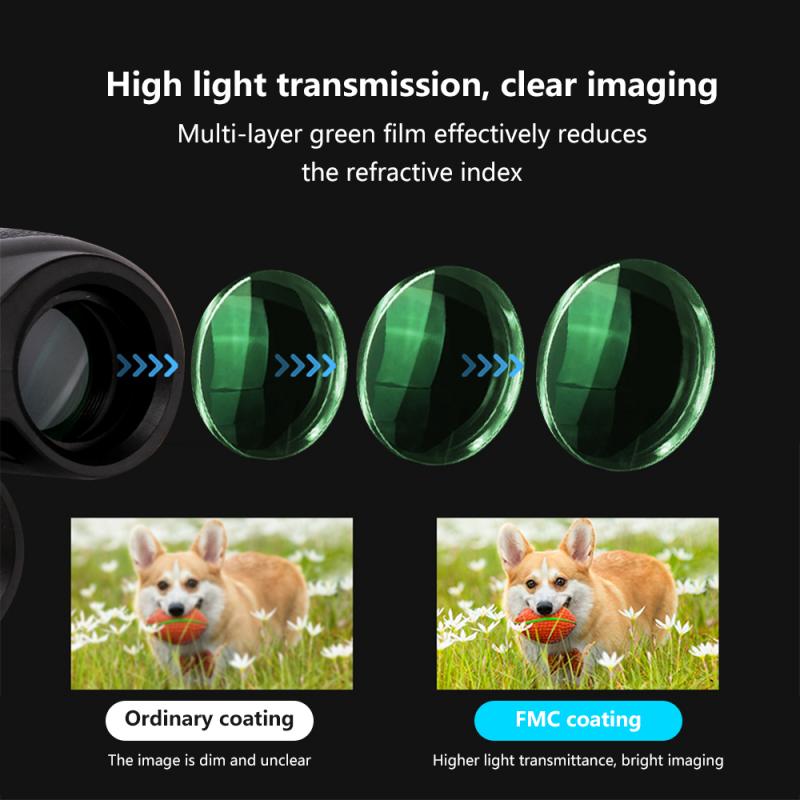
After setting the interpupillary distance and diopter adjustment, you're ready to fine-tune the overall focus:
1. Choose a Target: Select a distant object to focus on.
2. Use the Central Focus Wheel: Adjust the central focusing wheel until the object appears sharp and well-defined.
Troubleshooting Common Issues
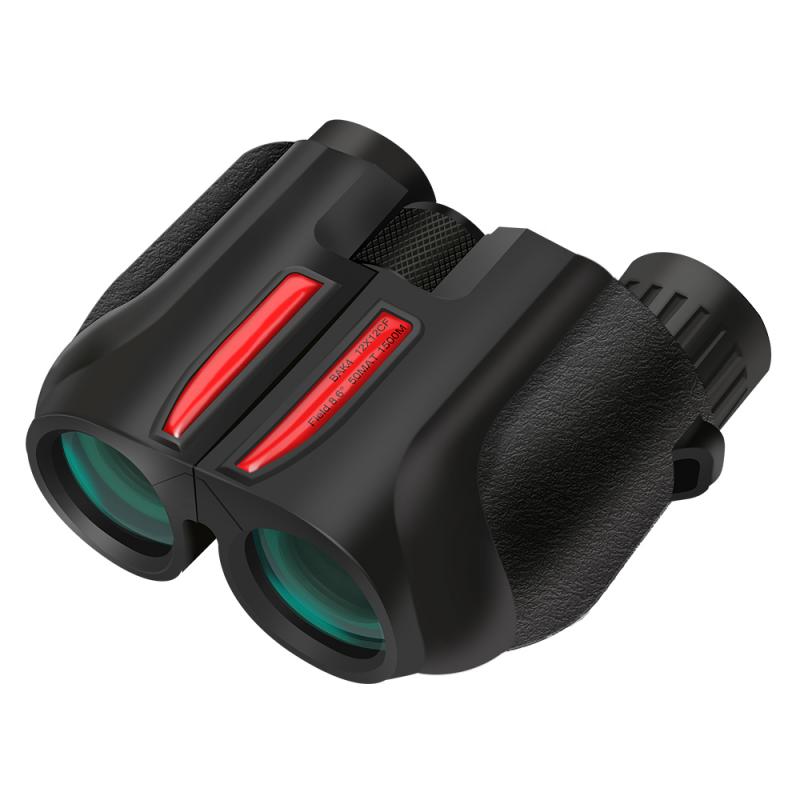
Even with careful adjustment, you might encounter some common issues. Here’s how to address them:
- Double Vision: If you see double images, recheck your IPD setting. Ensure that the barrels are aligned correctly and that you're viewing through both lenses simultaneously.
- Blurry Vision: Make sure both the central focus wheel and diopter settings are correctly adjusted. If the problem persists, your binoculars may require servicing.
- Eye Strain: Ensure that the binoculars are adjusted to suit the natural distance between your eyes and that the diopter setting is accurate. If necessary, take short breaks to give your eyes a rest.
Maintaining Your Binoculars
To ensure longevity and optimal performance of your Nikon binoculars, regular maintenance is crucial:
1. Clean the Lenses: Use a soft brush to remove dust and a lens cleaning solution with a microfiber cloth to clean the lenses. Avoid using household cleaners or tissue paper as these can scratch the lens.
2. Store Properly: When not in use, keep your binoculars in a protective case. Store them in a cool, dry place to prevent mold and mildew.
3. Check Alignment: Periodically check that the barrels and eyepieces remain properly aligned and that all adjustment mechanisms are working smoothly.
Advanced Tips for Enthusiasts
For those who frequently use binoculars and wish to delve deeper into maximizing performance, consider these advanced tips:
1. Tripod Adapter: If you’re using higher-magnification binoculars or observing for extended periods, a tripod adapter can offer better stability and less strain on your hands.
2. Understanding Magnification and Objective Diameter: Nikon binoculars come with different magnification levels (e.g., 8x42, 10x50). Understanding that the first number denotes magnification and the second number the diameter of the objective lens helps in choosing the right pair for your needs.
3. Using Lens Covers: While not in use, keep objective and ocular lenses protected with covers to prevent dust and potential damage.
Practical Applications
Adjusting your Nikon binoculars correctly also has practical applications:
1. Stargazing: Proper focus on celestial bodies requires precise adjustments to see clear details of stars and planets.
2. Birdwatching: Rapidly adjusting focus helps in observing birds in flight or movement.
3. Outdoor Adventures: Whether hiking, boating, or camping, well-adjusted binoculars enhance the experience by providing clear views of distant landscapes and wildlife.
Adjusting Nikon binoculars involves setting the interpupillary distance, fine-tuning the diopter, and adjusting the focus to suit your eyes. By following the detailed steps outlined here, you can ensure that your binoculars provide clear, sharp, and comfortable viewing. Regular maintenance and understanding the specifics of your equipment further enhance your overall experience. Whether you're a casual observer or a dedicated enthusiast, correctly adjusted binoculars are key to making the most of your viewing activities.




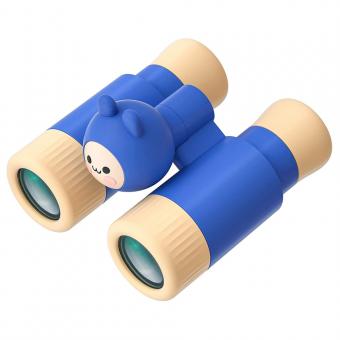
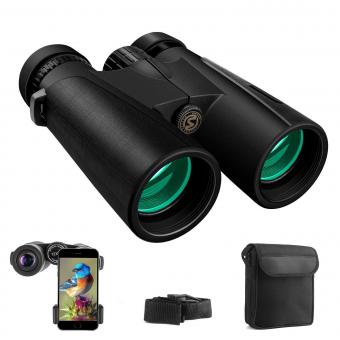

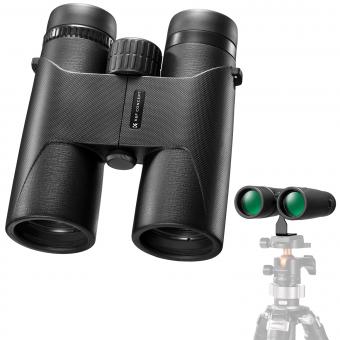
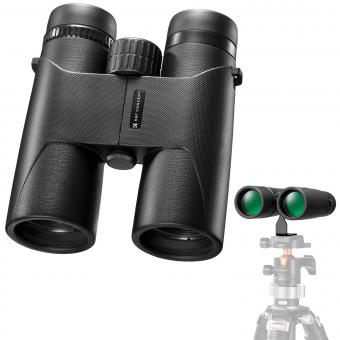


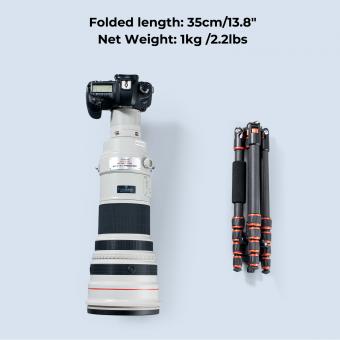





-340x340.jpg)


